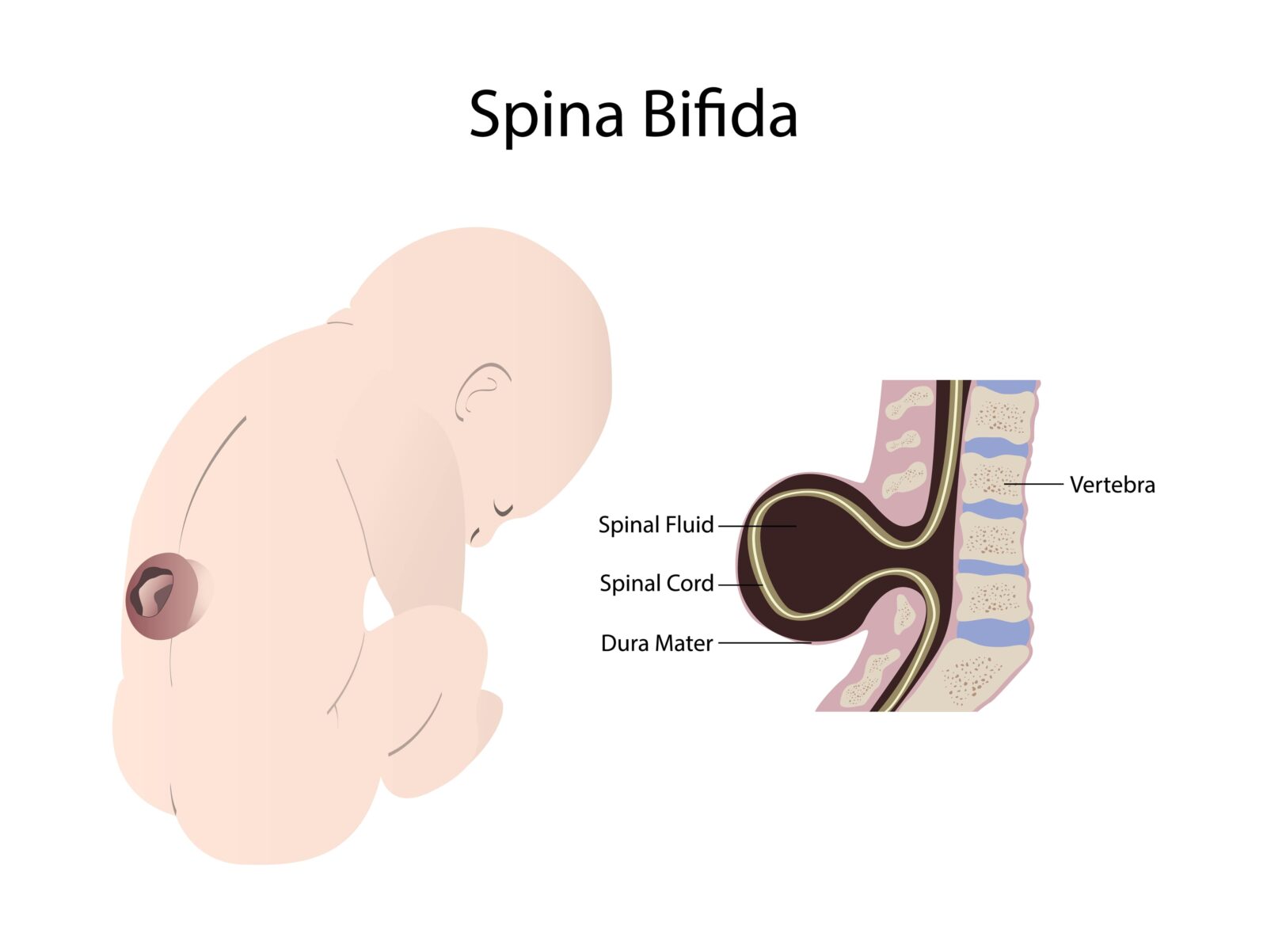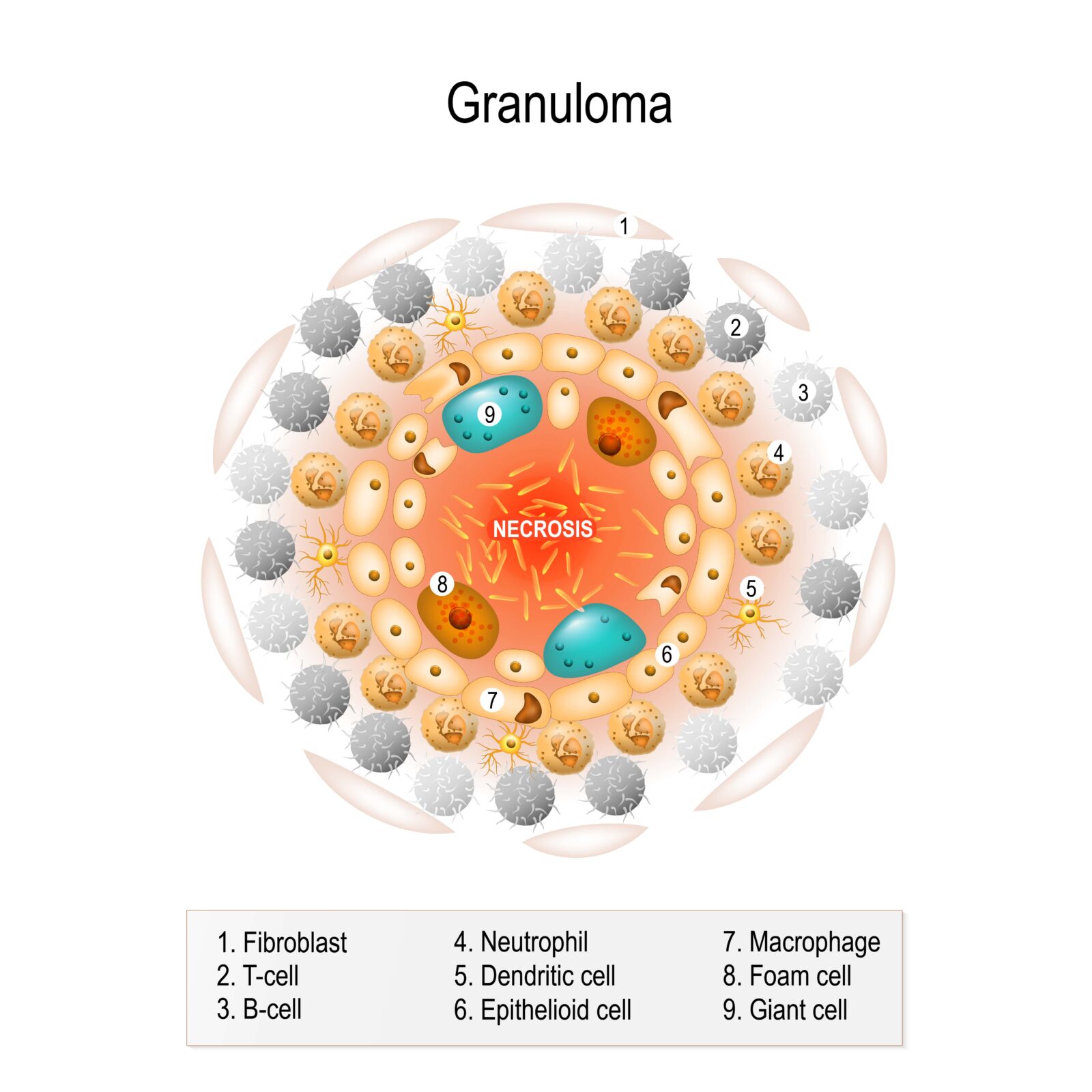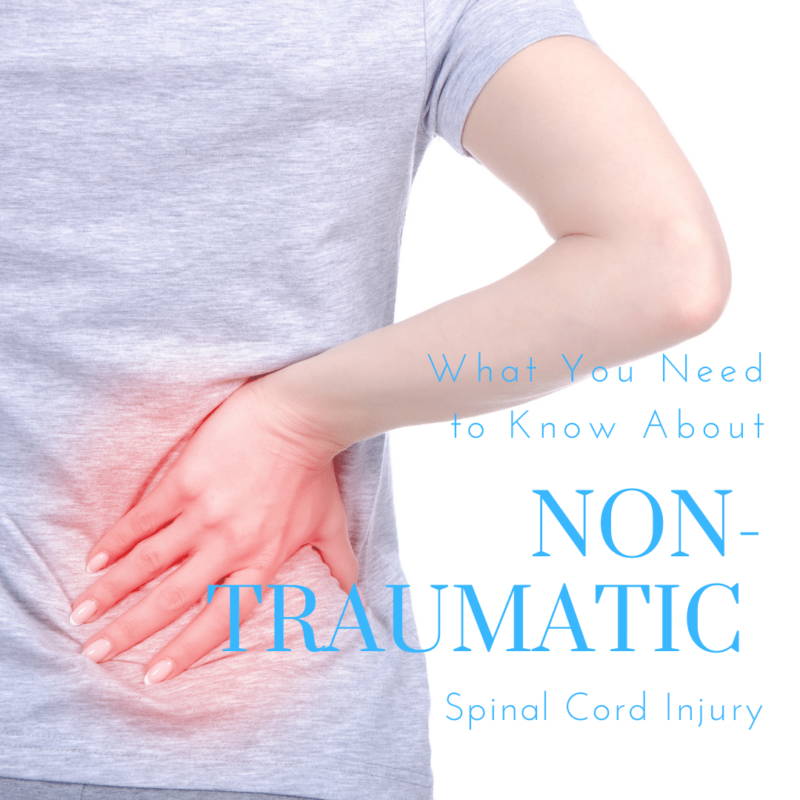Spinal cord injuries are serious and can result in problems such as paralysis and loss of sensation. There are two main types of spinal cord injuries: traumatic and non-traumatic. Many people are familiar with the concept of traumatic spine injuries since these types of injuries occur as a result of car accidents or falls. However, not as many people are familiar with non-traumatic spinal cord injuries (NTSCI), despite the fact that this type of injury is far more common. In this blog post, we will define NTSCI and discuss its symptoms. Then, we will list the different types of NTSCI with a short description of each type.
What is a Non-Traumatic Spinal Cord Injury (NTSCI)?
Non-traumatic spinal cord injury (NTSCI) is a condition that affects the spine and nervous system. Unlike traumatic spinal cord injury, NTSCI is not caused by a sudden, violent event. There are many different types of NTSCI, each with its own set of symptoms. Some of the most common symptoms among all types of NTSCI include paralysis, loss of sensation, pain, and spasms.

According to neurosurgeon Michael G. Fehlings, MD, PhD, Vice Chair of Research for the Department of Surgery at the University of Toronto, the term non-traumatic SCI can be used as an umbrella term that encompasses the following disorders:
- Amyotrophic lateral sclerosis
- Degenerative spondylosis
- Developmental anomalies (ex: spina bifida and cerebral palsy)
- Friedrich’s ataxia
- Metastatic cancer
- Multiple Sclerosis
- Paget’s disease
- Rheumatoid arthritis
- Transverse myelitis
Common Types of Non-Traumatic Spinal Cord Injury (NTSCI)
Degenerative Cervical Myelopathy
Dr. Fehlings notes that degenerative cervical myelopathy (DCM) is the most common form of NTSCI. DCM is a degenerative condition that occurs when osteoarthritic changes (such as the formation of bone spurs) cause the cervical spinal canal to narrow. This causes chronic spinal cord compression and possible neurologic disability.
Infections
Bacterial and viral infections can both cause NTSCI. Bacterial infections (such as meningitis) can cause inflammation and swelling of the spinal cord, which can lead to paralysis and other symptoms. Viral infections (such as Transverse Myelitis) can also damage the spinal cord, leading to a wide range of symptoms.

Tumors
Malignant tumors (cancerous tumors) can grow and compress the spinal cord, leading to a wide range of symptoms. Benign tumors (non-cancerous tumors) can also cause compression of the spinal cord, leading to similar symptoms.
Inflammation
Granulomas or other types of inflammation can also lead to NTSCI. A granuloma is a non-cancerous growth made up of foreign invaders (bacteria, viruses, fungi, etc.). They are also referred to as small pockets of inflammation and are usually triggered by some type of inflammatory condition. When these pockets of inflammation develop in the spine, they can cause compression of the spinal cord and lead to NTSCI.
Spinal Stroke
Spinal strokes are far less common than strokes affecting the brain, however they can occur and contribute to a NTSCI. Spinal strokes can occur as a result of blood clots (thrombosis), bleeding (hemorrhage), or interrupted blood flow due to malformed blood vessels or damaged arteries.
Overall, there are many different types of non-traumatic spinal cord injury, each with its own set of symptoms. If you or someone you know is experiencing any of the symptoms listed above, it is important to see a doctor as soon as possible. Early diagnosis and treatment is essential for preventing further damage and improving quality of life.










